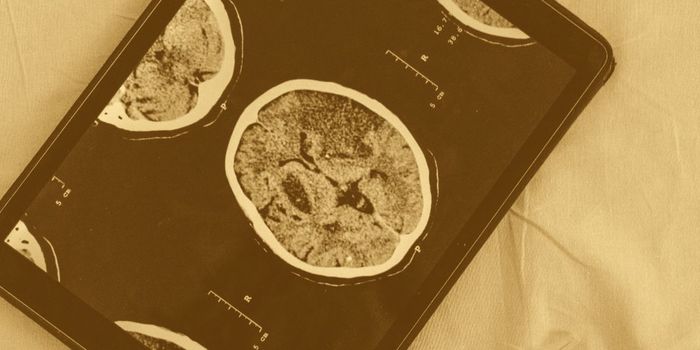The genomics of high blood pressure - a road to the future of treatment
The human heart begins to beat in utero in the early weeks of development and continues throughout life. In an average lifetime, the heart will beat 2.5 billion times. With each heartbeat, the heart muscle squeezes blood and forces it through the vast circulatory system of the body. The force that the heart exerts against the veins and arteries is known as blood pressure. High blood pressure, or hypertension, can devastate the vascular system as it exerts added pressure on veins and arteries. Hypertension contributes to the incidence of heart disease and stroke, which are leading causes of death and disability in the United States each year.
The cause of hypertension is multifactorial, but past research and clinical treatments have focused on environmental factors, such as psychological stress or salt intake. However, the genetic contribution to high blood pressure is beginning to be recognized. In a recent review published in Nature Reviews Cardiology, researchers outline the current state of the science on blood pressure genomics. They report that genome wide association studies have identified 31 distinct genes and close to 1,500 single nucleotide polymorphisms that are associated with blood pressure related disorders.
It is believed that understanding the genetic risk factors for hypertension can lead to early and accurate diagnosis, improved treatments, and the development of new drugs to treat hypertension. The authors state that the objective of understanding the genetic makeup of high blood pressure, “is to facilitate the implementation of precision medicine through an increased understanding of the molecular pathways that regulate blood pressure.”
Since no new drugs have been approved for the treatment of hypertension in over two decades, the question remains as to how understanding the genetics of hypertension can help treat the disease. Interestingly, the study of the genetic architecture of hypertension enables researchers to repurpose drugs to treat the disease and review the genes for potential druggability. The researchers for this study point out that there is overlap between blood-pressure associated genes, and genes that are already targeted by certain classes of drugs. This process, known as drug repurposing – or the process of identifying new indications for existing drugs – will help to expand our knowledge of hypertension and improve the efforts to treat this disease.
Sources: CDC, Nature, & Nature Cardio









